Hotels taking the middle ground will strike it rich
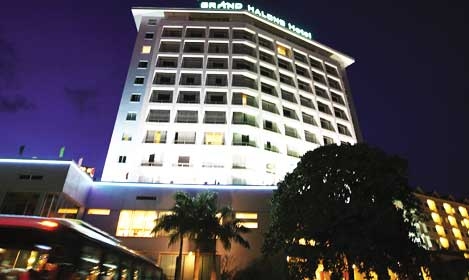 |
| More tourists and business travellers are choosing to stay in mid range boutique hotels |
In a recent report released by Grant Thornton Vietnam, three-star hotels’ occupancy increased 2.1 per cent, while five-star hotels’ occupancy decreased by an average of 6.3 per cent and four-star hotels occupancy down 14.1 per cent.
Robert McIntosh, executive director of Singapore-based CBRE Hotels, told VIR that there was a real opportunity for budget hotels.
“The demand is for sure, especial there is big demand for economic and budget hotels. For many people who could afford higher charge, staying at a budget and economic hotel is an experience which they like to take, something very unique for a traditional country like Vietnam,” McIntosh said.
He added that the economy was changing fast and it was less risky for investors to build a mid-range than luxury hotels.
“That is why I think this type [budget and economic hotels] will be developed much in the next few years,” McIntosh said.
He said that Vietnam was still a young and attractive market for new developments and unique products.
There are still a number of unexplored opportunities with great potential for new products. “The economy or budget hotel properties in Vietnam are still independently operated with limited managerial control, weak branding recognition, and no standard design or services,” he said.
“With room rates in the budget sector as low as $20 to $30 per night, you have to make sure that your costs are well controlled,” he stressed.
Five-star hotels had suffered most average room rate decrease of 33.5 per cent during 2009, pressured by consequences of the global financial crisis.
Pressure was felt across the board, with reductions in room rates, occupancy and profits by most participants in the industry.
The revenue per available room (RevPAR), one of a standard industry measure of hotel utilisation and return, showed an overall decrease from $68.5 previously to $44.63 in 2009, a reduction of 34.8 per cent. The decrease mostly happened in five and four-star hotels with 37.7 and 24.3 per cent respectively.
However, the RevPAR for three-star hotels increased 0.9 per cent in 2009, again reflecting the more resilient nature of the mid-market during the year.
One of the main reasons for the better business of three-star hotels, Grant Thornton said, was due to the increase of domestic visitors across the country.
According to the Vietnam National Administration of Tourism, the number of domestic tourists reached 17 millions in the first six months of this year, an increase of more than 30 per cent year-on-year.
What the stars mean:
★ Poor ★ ★ Promising ★★★ Good ★★★★ Very good ★★★★★ Exceptional
Latest News
More News
- GELEX Tower achieves LEED Platinum certification (November 19, 2024 | 09:53)
- Real estate businesses expand interest in available land to thrive in 2025 (November 17, 2024 | 08:47)
- Ho Chi Minh City revamps land status (November 17, 2024 | 08:43)
- Trump's trade policies could shape Vietnam's economic outlook: Dragon Capital (November 15, 2024 | 16:56)
- The One Destination partners with Singapore investor and institutional fund to build ESG real estate complex (November 11, 2024 | 10:32)
- Stabilising measures must sit alongside land price hikes (November 07, 2024 | 09:56)
- CapitaLand Development records strong bookings for Orchard Hill (November 07, 2024 | 08:19)
- Public transport and real estate: The rise of Transit Oriented Development (November 05, 2024 | 15:06)
- Funding flows to second-tier localities (November 03, 2024 | 15:24)
- Hanoi has long road to travel in becoming a smart city (November 03, 2024 | 15:00)




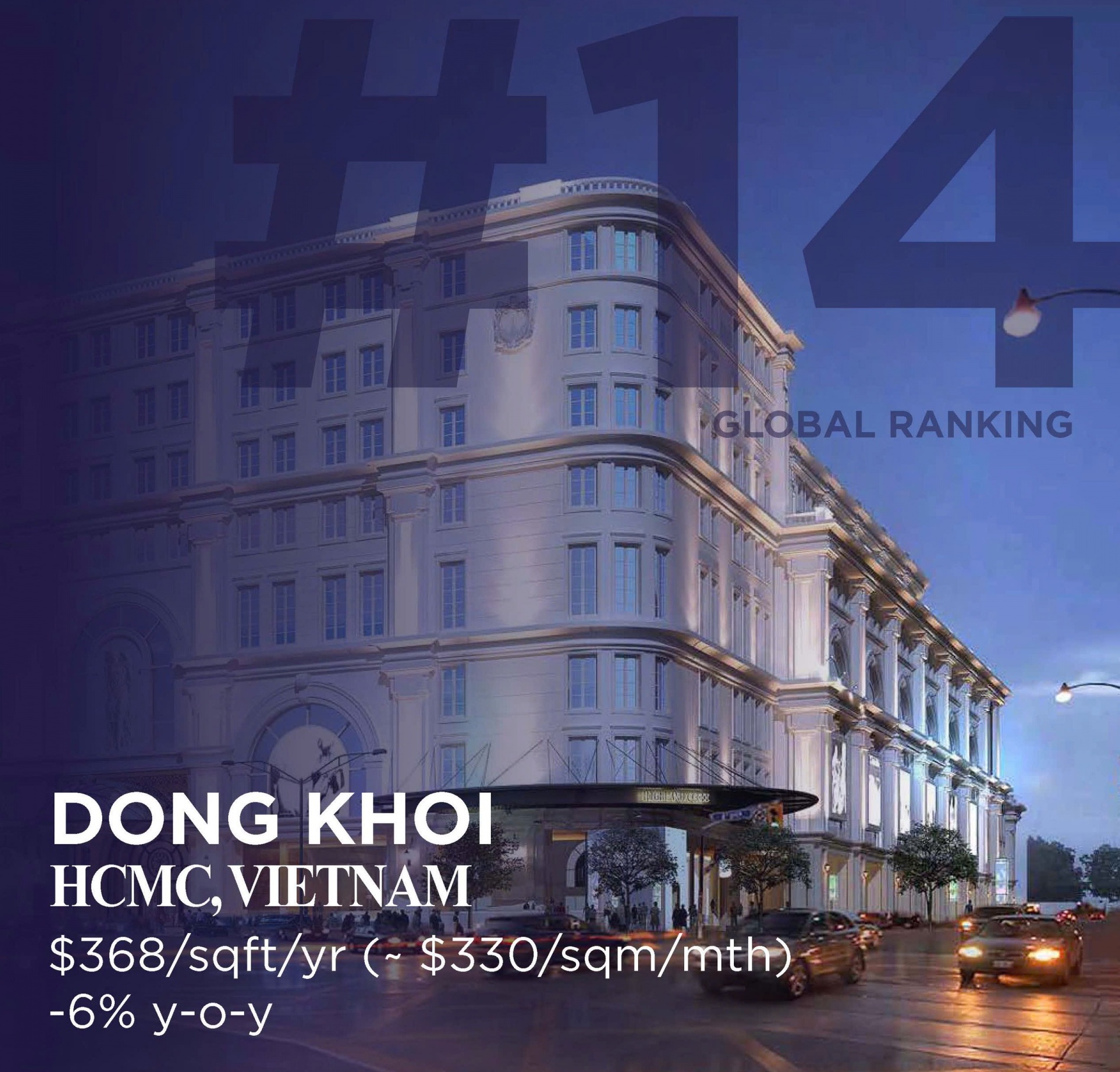
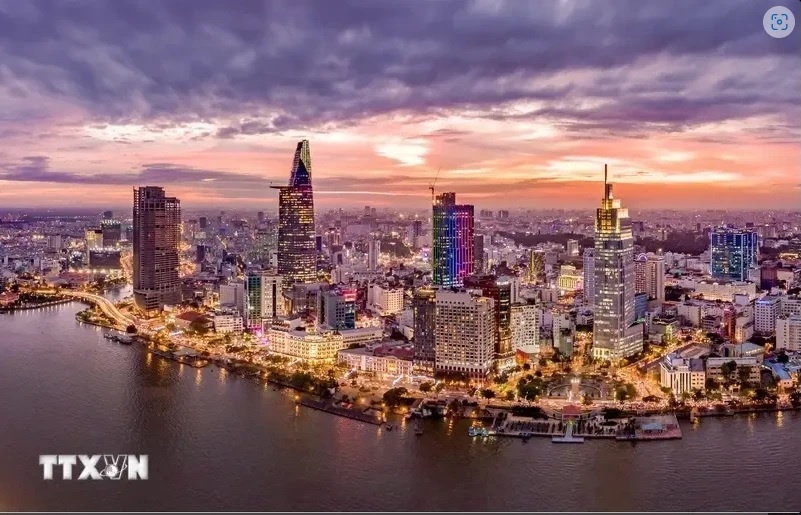

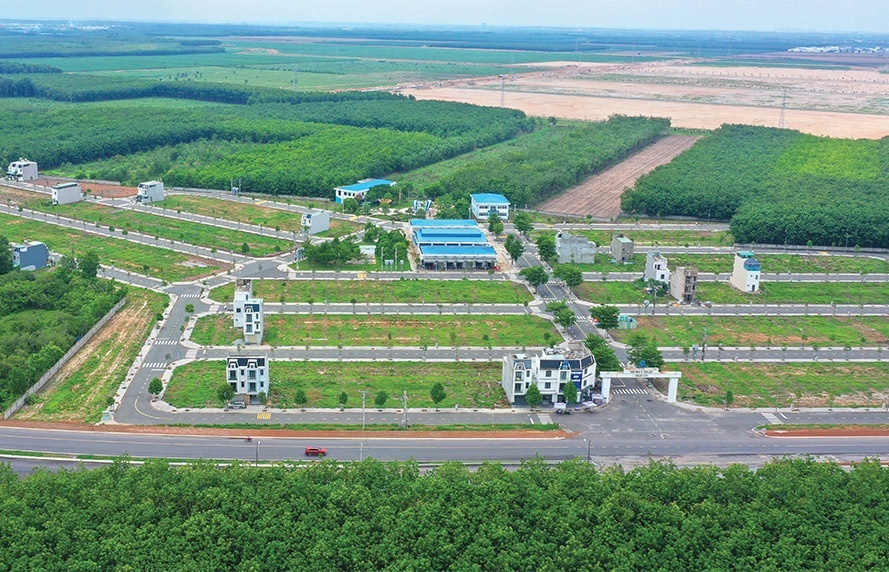




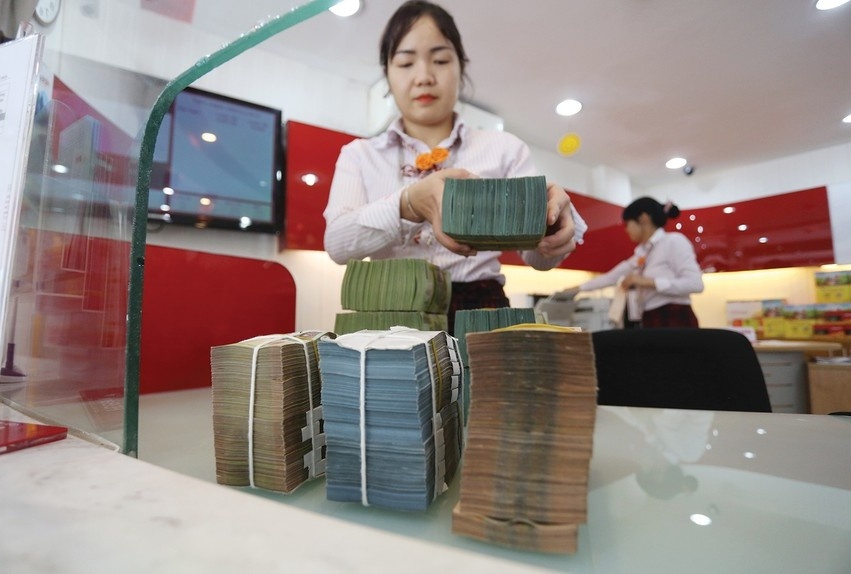
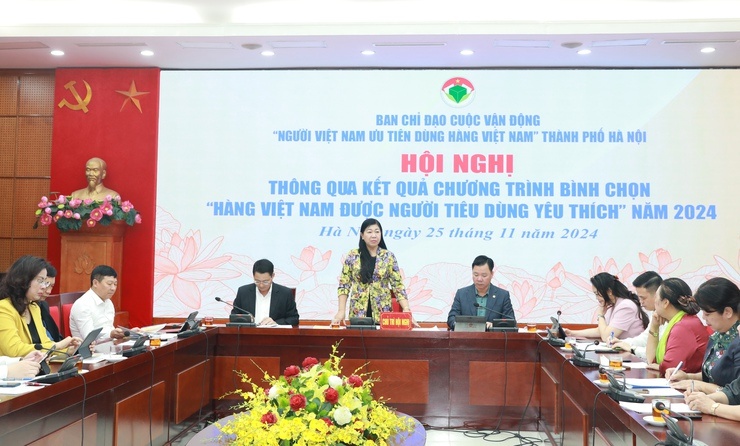





 Mobile Version
Mobile Version